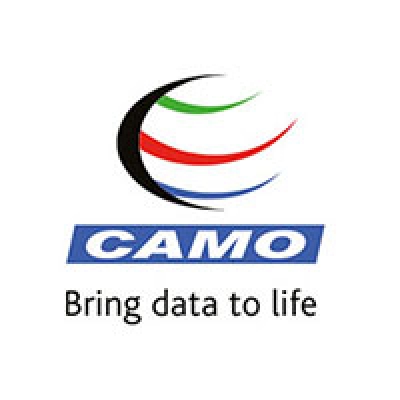Real time multivariate analysis benefits and best practices
PAT (Process Analytical Technology) is a tool within the QbD (Quality by Design) toolbox enabling real-time quality assurance with the premise of benefiting the operations in an efficient and economically meaning way. Nevertheless, the use of PAT is still not a standard within the life sciences. Typical explanations for this is it is too time consuming, too costly, or there is simply no proof that it will benefit the operations.
In this webinar we will share best practices that demonstrate how to connect directly to data sources in the production lines, record and then store the data in secure databases. During data recording, multivariate models can be run to track process performance and quality parameters, enabling real-time quality control. The recorded data is also available for future data analysis, troubleshooting and product traceability.
Data gathering and evaluation is becoming more and more important in the total life-cycle of a product; not only in the commercial scale production, but also in product development. The development and optimization of a process starts in the R&D labs and should later be validated in production plants. Learning and models from the development stages enables a relevant process monitoring scheme for the production scale, and will ultimately drive towards the desired benefits.
Learn about how a real time process monitoring solution can help you gain competitive edge. Register today!
Presented by

Geir-Rune Flåten,
CTO
Geir Rune Flåten received his MSc in Chemistry (Chemometrics) in 1997, and completed his Ph.D. thesis “Dynamic environmental monitoring by means of multivariate modelling†in 2002 at the University of Bergen, Norway. His working experience over the years includes positions as Chemometrician with Pattern Recognition Systems, Research Fellow at the University of Bergen, Data Management Business Lead and Chemometrician Leader at GSK in the UK to mention a few. His experience also includes a number of scientific papers, presentations at international conferences and lectures to academia and industry around the world. After holding the position as Business Development Director for Europe at CAMO for 2 years, he now holds the position of Chief Technological Officer in the company.




